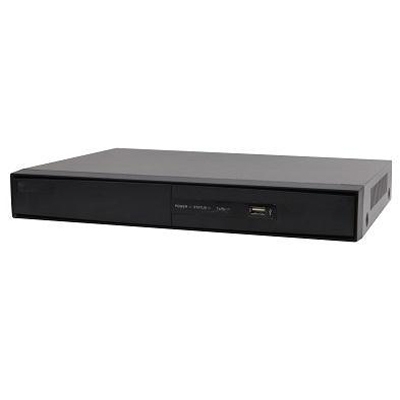HID Global®, a worldwide leader in secure identity solutions, recently announced it has expanded its SlimFlex™ Tag family of broadband UHF radio frequency identification (RFID) transponders with the addition of the new SlimFlex Standard 200 and Standard 301. Designed for flexibility and durability, SlimFlex Tag transponders are among the most versatile UHF RFID tags available, enabling greater adaptability for a range of RFID tag placement options.
The SlimFlex Standard 200 and Standard 301 tags are designed for quick, secure mounting using standard cable ties and can attach snugly to round or irregular surfaces, such as cylindrical containers, plastic pipes, bags, helmets or trees. An important feature is avoiding the use for screw holes on tagged objects, such as pipes, that could otherwise leak fluids and become inoperable. Like all SlimFlex tags, the new solutions are waterproof, food compatible and designed to perform in the harshest conditions. Additionally, the Standard 200 and Standard 301 tags are a high-visibility yellow for excellent color contrast when laser-engraved with a barcode, text or logo.
“Due to the flexible and durable housing the SlimFlex tag family offers, customers can now quickly and conveniently mount UHF transponders to irregular surfaces improving the reliability and performance of existing systems,” said Richard Aufreiter, director of product management, Identification Technologies with HID Global. “By applying these tags with a simple cable tie, customers gain better traceability of items where traditional inflexible transponders could not be used.”
The new tags have read ranges up to 26.3 ft (8 m) when mounted flush to plastic or wooden surfaces. Due to its vertical mount option, the Standard 200 tag delivers comparable read range performance even on wet or metal surfaces. Built with a unique thermoplastic elastomer (TPE) housing, the tags tolerate bending and exposure to harsh chemicals and temperatures. The SlimFlex family of tags provide high resistance to aggressive liquids and UV rays, and deliver reliable performance and reading stability in heat up to 158° F (70° C) and sub-freezing temperatures to -40° F (-40° C).























